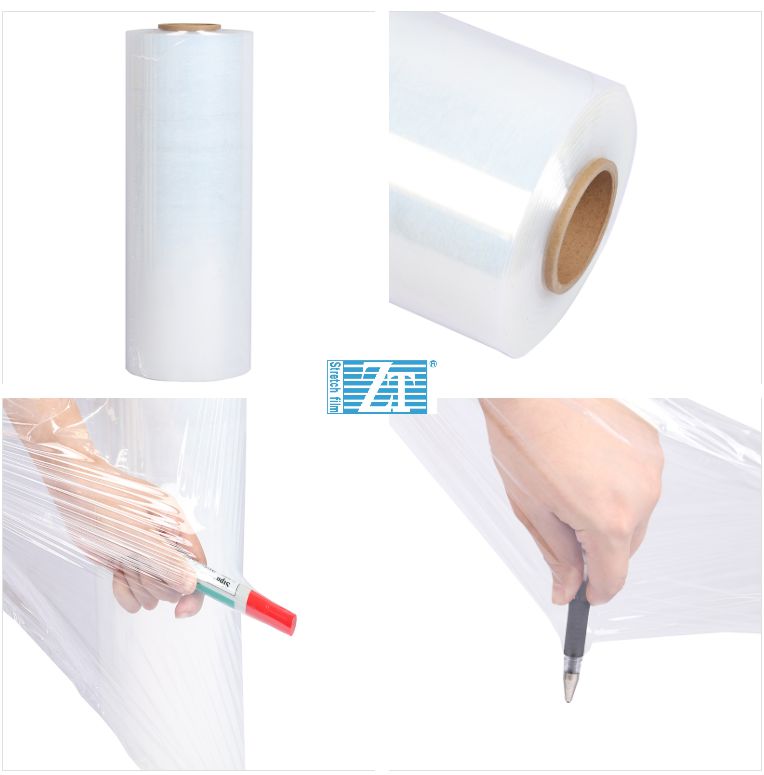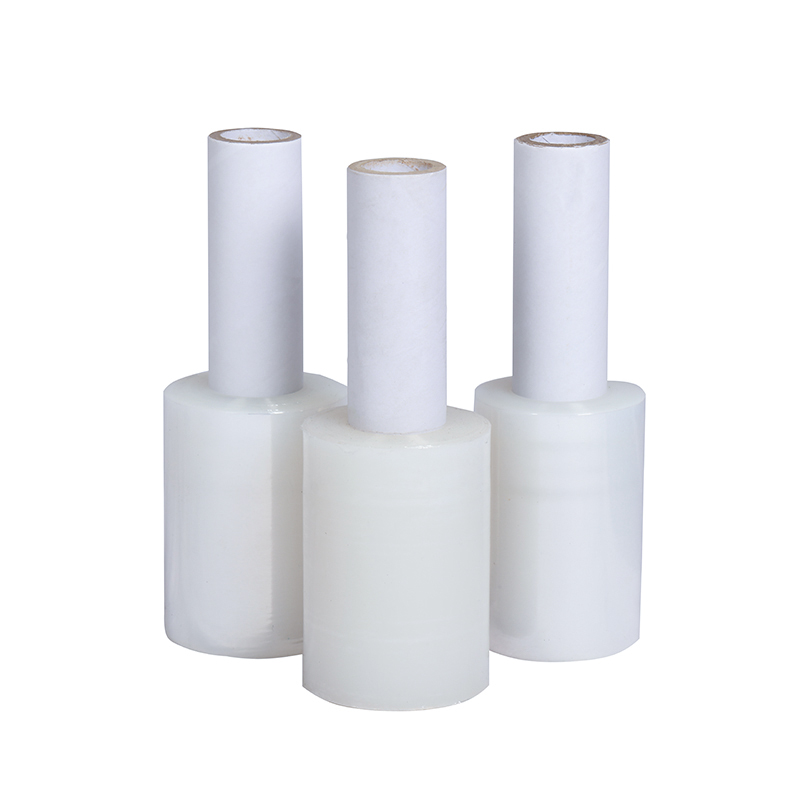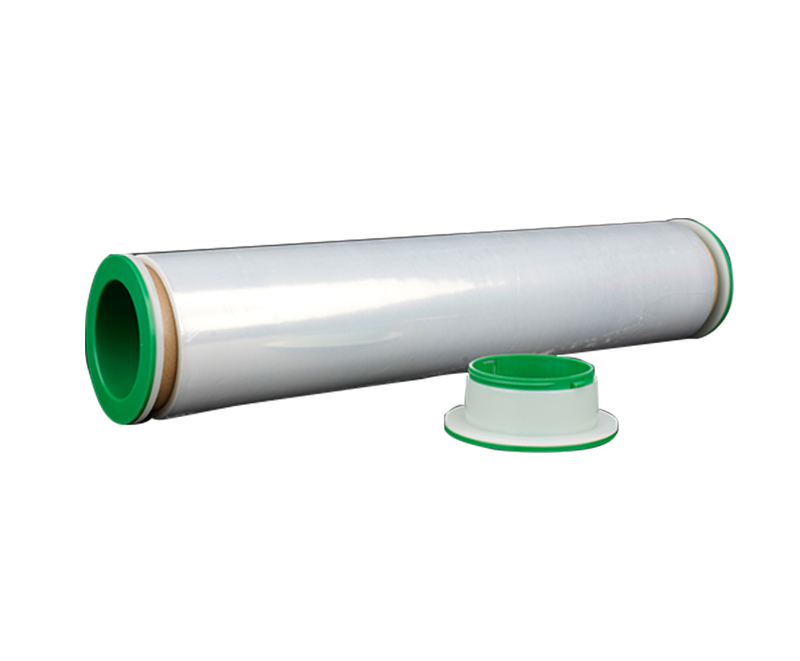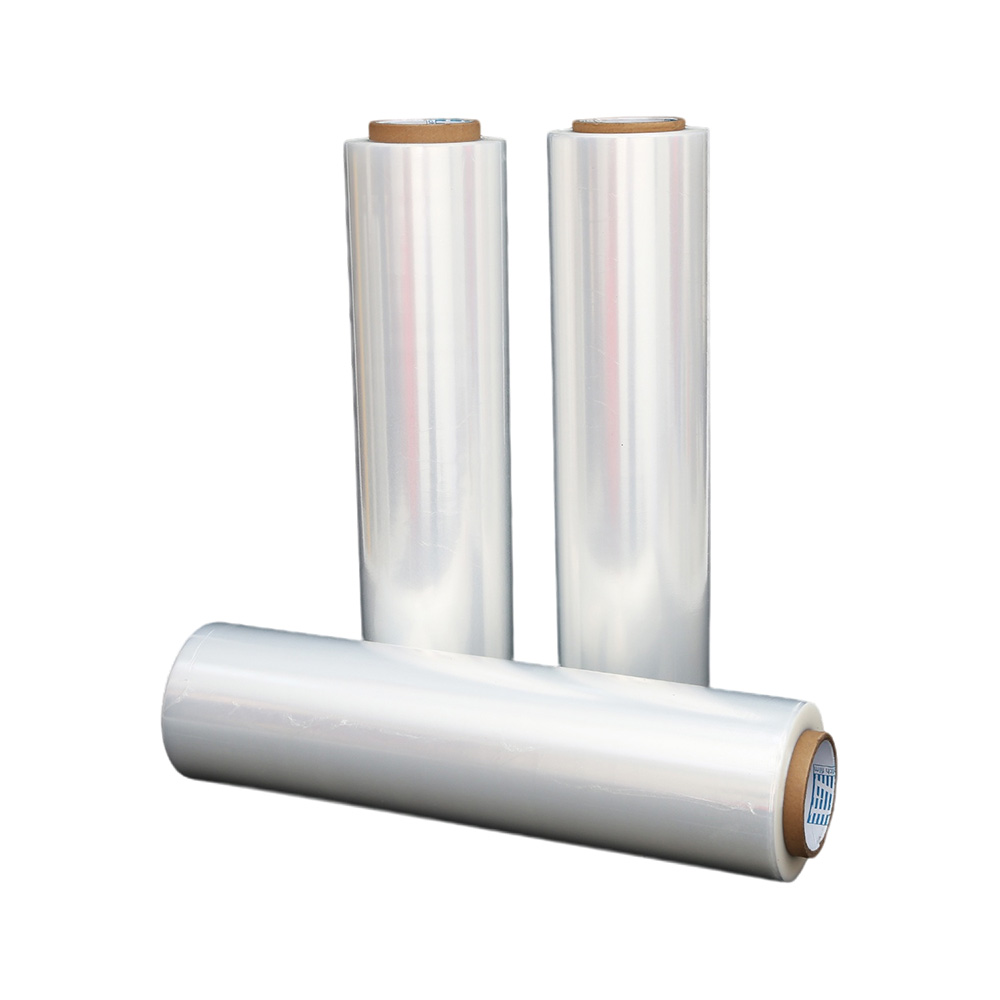Enhancing Load Retention in Stretch Films
Source:Enhancing Load Retention in Stretch FilmsTime:2024-04-01Visitors:
In the intricate world of packaging and logistics,load retention stands as a critical pillar of ensuring the safe and secure transit of goods. A fundamental aspect of this process involves the utilization of stretch films to securely bind and protect packaged items, thereby minimizing the risk of damage and loss. In this comprehensive guide, we delve into strategies aimed at optimizing load retention in stretch films, equipping businesses with the knowledge and tools necessary to fortify their packaging processes and streamline operations.

Several factors influence the load retention capabilities of stretch films, including:
The thickness and strength of the stretch film are pivotal in determining its ability to withstand the rigours of handling and transport. Thicker films with higher tensile strength offer superior load retention, providing enhanced resistance against tears, punctures, and elongation.
The stretchability and elastic recovery properties of stretch films play a critical role in achieving optimal load retention. Films that can be stretched to a greater extent without compromising their structural integrity exhibit superior load retention characteristics. Additionally, films with high elastic recovery ensure that the applied tension is maintained, effectively securing the load in place.
The cling and adhesion capabilities of stretch films are essential for maintaining load stability. Films with excellent cling properties adhere tightly to the packaged goods, minimizing slippage and movement during transit. Furthermore, films with superior adhesion foster a strong bond between layers, thereby enhancing load retention.
Environmental factors such as temperature fluctuations, humidity levels, and exposure to sunlight can impact the performance of stretch films. It is imperative to select films that are specifically designed to withstand the prevailing environmental conditions encountered during transportation and storage, ensuring consistent load retention regardless of external factors.
To optimize load retention in stretch films, consider implementing the following strategies:
Choose stretch films with the appropriate thickness, strength, and stretchability to suit the specific requirements of your application. Conduct thorough testing and evaluation to identify the most suitable film for maximizing load retention while minimizing material usage and costs.
Fine-tune the application parameters such as pre-stretch ratio, film tension, and wrapping patterns to optimize load retention. Balancing stretch levels and tension during application ensures uniform distribution of force across the load, thereby reducing the risk of shifting or instability.
Incorporate load-stabilization accessories such as corner boards, edge protectors, and stretch film dispensers to bolster load retention and stability. These accessories provide additional support and reinforcement, particularly for irregularly shaped or fragile loads.
Train personnel in proper wrapping techniques to ensure consistent and effective application of stretch films. Emphasize the importance of achieving adequate overlap and film coverage, paying special attention to corners and edges to mitigate potential weak points.
Regularly inspect and maintain stretch film equipment to ensure optimal performance and longevity. Replace worn-out components, calibrate the machinery, and address any issues promptly to prevent disruptions in the packaging process and maintain reliable load retention.
In conclusion, enhancing load retention in stretch films is paramount for safeguarding packaged goods and optimizing supply chain operations. By understanding the factors influencing load retention, implementing strategic measures, and leveraging appropriate techniques and accessories, businesses can effectively mitigate the risk of product damage and loss during transit. Prioritizing load retention not only fosters customer satisfaction and brand integrity but also contributes to overall efficiency and profitability in the long run.
Understanding Load Retention
Load retention refers to the inherent ability of stretch films to hold and stabilize packaged goods during transportation and handling effectively. This aspect is particularly crucial in industries such as warehousing, shipping, and distribution, where products traverse through various stages and conditions. A robust load retention strategy not only safeguards the integrity of the packaged items but also fosters safety within the supply chain, thereby enhancing overall efficiency.
Factors Affecting Load Retention
Several factors influence the load retention capabilities of stretch films, including:
Film Thickness and Strength
The thickness and strength of the stretch film are pivotal in determining its ability to withstand the rigours of handling and transport. Thicker films with higher tensile strength offer superior load retention, providing enhanced resistance against tears, punctures, and elongation.
Stretchability and Elastic Recovery
The stretchability and elastic recovery properties of stretch films play a critical role in achieving optimal load retention. Films that can be stretched to a greater extent without compromising their structural integrity exhibit superior load retention characteristics. Additionally, films with high elastic recovery ensure that the applied tension is maintained, effectively securing the load in place.
Film Cling and Adhesion
The cling and adhesion capabilities of stretch films are essential for maintaining load stability. Films with excellent cling properties adhere tightly to the packaged goods, minimizing slippage and movement during transit. Furthermore, films with superior adhesion foster a strong bond between layers, thereby enhancing load retention.
Environmental Conditions
Environmental factors such as temperature fluctuations, humidity levels, and exposure to sunlight can impact the performance of stretch films. It is imperative to select films that are specifically designed to withstand the prevailing environmental conditions encountered during transportation and storage, ensuring consistent load retention regardless of external factors.
Strategies for Enhancing Load Retention
To optimize load retention in stretch films, consider implementing the following strategies:
Optimize Film Selection
Choose stretch films with the appropriate thickness, strength, and stretchability to suit the specific requirements of your application. Conduct thorough testing and evaluation to identify the most suitable film for maximizing load retention while minimizing material usage and costs.
Adjust Application Parameters
Fine-tune the application parameters such as pre-stretch ratio, film tension, and wrapping patterns to optimize load retention. Balancing stretch levels and tension during application ensures uniform distribution of force across the load, thereby reducing the risk of shifting or instability.
Utilize Load-Stabilization Accessories
Incorporate load-stabilization accessories such as corner boards, edge protectors, and stretch film dispensers to bolster load retention and stability. These accessories provide additional support and reinforcement, particularly for irregularly shaped or fragile loads.
Implement Proper Wrapping Techniques
Train personnel in proper wrapping techniques to ensure consistent and effective application of stretch films. Emphasize the importance of achieving adequate overlap and film coverage, paying special attention to corners and edges to mitigate potential weak points.
Conduct Regular Maintenance and Inspection
Regularly inspect and maintain stretch film equipment to ensure optimal performance and longevity. Replace worn-out components, calibrate the machinery, and address any issues promptly to prevent disruptions in the packaging process and maintain reliable load retention.
Conclusion
In conclusion, enhancing load retention in stretch films is paramount for safeguarding packaged goods and optimizing supply chain operations. By understanding the factors influencing load retention, implementing strategic measures, and leveraging appropriate techniques and accessories, businesses can effectively mitigate the risk of product damage and loss during transit. Prioritizing load retention not only fosters customer satisfaction and brand integrity but also contributes to overall efficiency and profitability in the long run.
Recommended Products
Ranked in the same article
- how to use the stretch film technology to r
- How can we get detailed price list?
- Five common quality problems of PE protecti
- Plastic film degradation
- How to guarantee punctual shipment for our
- Gauge to Micron and Millimetre Conversion G
- What is the difference between stretch film
- Testing the permeability of stretch film
- Stretch film temperature requirements
- Electrical wire film VS electrostatic film
- Why insufficient transparency of stretch w
Latest news articles
- Bundling Stretch Film: Optimize Your Packag
- What Properties Ensure Effective Cold Chain
- How can PE stretch film be cut better?
- What is the Difference Between Magic Tape a
- The Ultimate Guide to Choosing the Right Ma
- How to check the quality of PE stretch film
- Factors affecting viscosity of PE stretch f
- Advantages of white engineering film
- Stretch Film Wrap: Unraveling Its Benefits
- The significance of using PE electric wire
- The 133rd Spring Canton Fair



